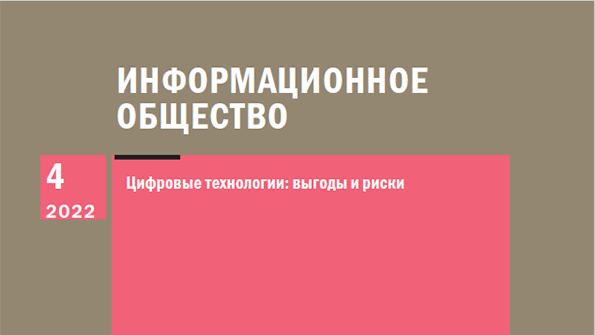In a traditional address to readers, editor-in-chief Tatiana Ershova writes:
“The August heat of 2022 made me remember my favorite poets:
August – asters, August – stars … (Marina Tsvetaeva).
There is something beautiful in summer, and with summer there is something beautiful in us (Sergei Yesenin).
August. Peaches and candied fruits and mowing in honeydew (Federico Garcia Lorca).
That August, like a yellow flame Breaking through the smoke, That August rose above us, Like a fiery seraph (Anna Akhmatova).
The latter turned out to be very relevant: this year, 12 years after the heat of 2010, August again brought us not only warmth and beauty, but also fires. This issue of our journal was made up just in the smoke from the burning Ryazan forests. By evening the wind blew and carried the smoke away from Moscow. This time the capital was not greatly hurt, but from the reports of recent days it became known that it was burning not only in the Ryazan region, but also in other Russian regions: Yakutia, the Komi Republic, the Khanty-Mansiysk Autonomous Okrug, Nizhny Novgorod, Ivanovo and others. By the end of August, the area of forest fires in Russia amounted to more than 120,000 hectares. According to Federal Forestry Agency, one of the main causes of fires was a violation of fire safety rules.
Digital technologies, specifically unmanned aerial vehicles, can help to effectively fight fires. Rossiyskaya Gazeta writes: “Experts consider the use of drones to be a truly innovative way to monitor and analyze the forest, aтв also a driver of digitalization of the forest industry.” If in 2020 there were no more than two hundred devices of this kind, then by 2024 more than two thousand UAVs will be used only for the protection of forests from fires. We hope that the production of drones, which are in demand in various areas of the Russian economy, will soon reach the required scale. And our editors are already thinking about a new thematic heading like “Digital Technologies for Life Safety” and filling it with scientific and analytical content. We welcome submissions on this subject.
The current issue is dominated by publications under the headings “Information Society and Law” and “Information Society and Media” (3 articles each), as well as “Education in the Information Society” (2 articles). It is gratifying that such important sections as “Social and Economic Aspects of the Information Society”, “Culture in the Information Society” and “Foreign Experience. The international cooperation” have been also filled by articles. Among our authors there are representatives of Kazan (1), Moscow (11), Nizhny Novgorod (1), Omsk (1), St. Petersburg (2) and Vladimir (1). Of these, 8 have the degree of candidate of science, 4 – doctor of science, two of which have the academic title of professor. We also included in the issue the papers of one PhD student, one Master degree holder and four authors without a degree, which passed the review and the necessary revision.
Since March of this year, there has been a noticeable increase in the flow of materials sent to the Information Society journal. In this regard, we will impose even more stringent requirements for scientific content, literary quality and design of articles.”
All content of the issue is available on the journal’s digital platform.
